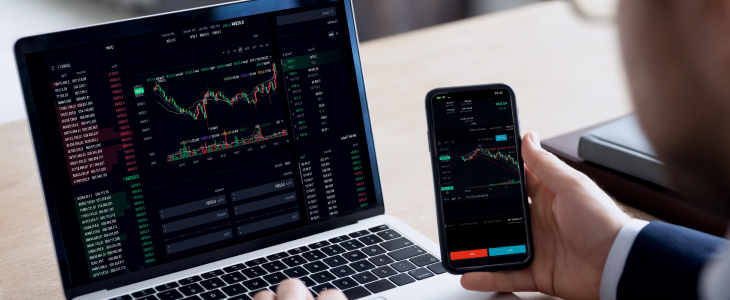
Understanding Forex Swap: What Is It and How It Works
The world of Forex trading is layered and complex, with various mechanisms and terminologies that dictate trading strategies and outcomes. One such concept that traders often encounter is the ‘swap.’ In the simplest terms, a swap is the interest rate differential between two currencies in a currency pair. This article will delve into what a swap is in Forex, its significance, and other related aspects. For those seeking deeper insights into Forex trading, consider exploring resources like what is swap in forex trading Trading Area NG.
What is a Forex Swap?
A Forex swap can be defined as the overnight interest paid or earned for holding a currency position overnight. It occurs because Forex trading typically involves leveraging different currencies, each with its interest rates. When a trader opens a position, they essentially borrow one currency to buy another, and this borrowing incurs interest. The swap is calculated based on the interest rate differential between the two currencies involved in the trade.
How Swaps Work in Forex
To understand how swaps work, it’s essential to consider the role of interest rates in a currency pair. Suppose a trader goes long on a currency pair where the base currency (the first currency listed) has a higher interest rate than the quote currency (the second currency listed). In this case, when the position is held overnight, the trader would earn a positive swap because they are effectively borrowing a currency with a lower interest rate while holding a currency with a higher one.
Conversely, if the base currency has a lower interest rate than the quote currency, the trader would incur a negative swap, which means they would have to pay interest for holding that position overnight. Swaps are typically calculated at the end of the trading day, and they can either benefit or cost the trader, depending on the interest rates of the currencies involved.

Factors Influencing Forex Swap Rates
Several factors can affect the swap rates in Forex, including:
- Interest Rates: The primary factor influencing swap rates is the central bank interest rates of the currencies being traded. Changes in these rates can lead to significant changes in swap values.
- Market Conditions: Economic conditions and market perceptions can also impact swaps. For example, during economic instability, traders might prefer safer currencies, influencing demand and swap rates.
- Currency Pair: Different currency pairs will have different swap rates based on their inherent interest rates. Major currencies like the USD, EUR, and JPY generally have more stable swap rates compared to exotic currencies.
Types of Swaps
Forex swaps can primarily be categorized into two types:
- Positive Swap: This occurs when a trader earns interest by holding a position overnight. Traders often look for currency pairs with a higher interest rate for the base currency to benefit from positive swaps.
- Negative Swap: As the name implies, this is when a trader incurs costs for holding a position overnight. It frequently happens in pairs where the base currency has a significantly lower interest rate.
How to Calculate Forex Swaps
The calculation of a Forex swap can be complex, but most brokers provide the swap rates on their platforms. However, understanding the formula can help traders gauge potential costs or earnings:

The basic formula for calculating the swap is:
Swap = (contract size) × (swap rate) × (number of nights) / 10
In this formula, the contract size refers to the number of lots in the position, the swap rate is the interest rate differential determined by your broker, and the number of nights indicates how long you hold the trade overnight. It’s advisable to check specific rates with your broker, as they may differ based on market conditions.
The Impact of Swaps on Trading Strategies
Swaps can significantly influence trading strategies. For traders who frequently hold positions overnight, understanding swaps is crucial as they can affect the overall profitability of the trades. Here are some strategies regarding swaps:
- Carry Trade Strategy: This involves borrowing in a currency with a low-interest rate and investing in a currency with a higher interest rate, effectively creating a strategy that benefits from positive swap rates.
- Short-Term Trading: Day traders or scalpers often try to avoid overnight positions to escape swap costs, focusing on trades that close within the same trading day.
Conclusion
Understanding Forex swaps is vital for any trader looking to maximize their trading strategies. By recognizing how swaps work, along with their implications on the overall trading costs and profits, traders can make informed decisions. Always consider the swap rates before entering trades that you plan to hold overnight, and adjust your strategy accordingly. With the right knowledge and tools, such as those provided by resources like Trading Area NG, traders can leverage swaps to their advantage, optimizing their Forex trading experience.
